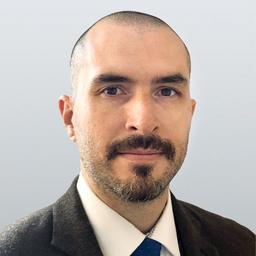Prime Minister Justin Trudeau’s Jan. 6 announcement about his future cleared some of the speculation around Canadian politics for the next few months, but some key questions remain related to the process of selecting his replacement.
It wasn’t clear before this week whether Trudeau would resign immediately or stay on, or if he would prorogue Parliament.
Trudeau said in his announcement that he intends to resign as prime minister and party leader after the Liberals select a new leader through a “robust, nationwide competitive process.”
In the meantime, at Trudeau’s request Gov. Gen. Mary Simon has prorogued Parliament, which shields the government from being toppled by opposition parties and provides a window for the Liberal Party to run a leadership race.
During that meeting, party rules say directors must appoint an interim leader in consultation with the caucus. In the current case., Trudeau chose to remain as leader.
The national board of directors also has to decide on a date for the leadership vote. It will be a challenge for the party to run a leadership race within the 11 weeks before the new parliamentary session begins on March 24.
Confidence votes will take place almost immediately when the House of Commons reconvenes. At that point, if opposition parties stick to their pledge to vote non-confidence, the minority Liberal government could be toppled, triggering an early election.
Liberal party directors also have to establish committees to govern how the contest will unfold. One committee will decide how much contestants are able to spend on their campaigns. Another will be in charge of planning, organizing, and carrying out the vote.
Potential contenders within the Liberal cabinet include Finance Minister Dominic LeBlanc, Foreign Affairs Minister Mélanie Joly, Industry Minister François-Philippe Champagne, and Transport Minister Anita Anand.
Outside cabinet, former Finance Minister and Deputy Prime Minister Chrystia Freeland is seen as a potential contender. Outside Parliament, former central banker Mark Carney and former B.C. premier Christy Clark are also seen as possible candidates.
Leadership contestants must be registered Liberals and eligible to run for a House of Commons seat. They must also provide to the party president a written nomination signed by at least 300 party members at least 90 days before the vote, including at least 100 members from three different provinces or territories.







